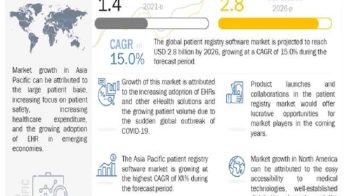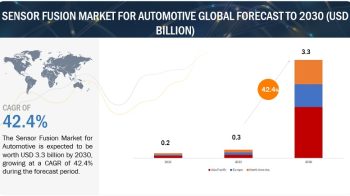The medical robots market is projected to reach USD 16.74 billion by 2023 from an estimated USD 6.46 billion in 2018. The major influencing factors driving the growth of this market are technological advancements in medical robots, advantages offered by robot-assisted training in rehabilitation therapy, increase in funding for medical robot research, and the issuance of IPOs by medical robot companies.
OPPORTUNITIES:
1 Rapid growth in the geriatric population:-
According to the United Nations, the world population is aging rapidly. In 2015, the number of people aged 60 and above was estimated at 901 million. This number is expected to reach 2.1 billion by 2050. With a worldwide increase in the geriatric population, the number of individuals suffering from physical disabilities is also likely to increase. Technological advancements have enabled the development of medical robots that help manage routine tasks in medical and residential care environments for the elderly and people with disabilities. For instance, principal research scientists at the Massachusetts Institute of Technology’s (MIT) Department of Mechanical Engineering developed the Anklebot in October 2013. The robot is an experimental and rehabilitation tool designed to train and strengthen lower-extremity muscles.
2 Rising patient preference for minimally invasive surgeries:-
Across the globe, the demand for minimally invasive surgeries is on the rise mainly due to the advantages associated with these procedures, such as smaller incisions, fewer cuts, decreased scarring, reduced pain, increased safety, faster recovery periods, and considerable cost savings. According to EndoEvolution, a US-based medical device company, more than 1.5 million minimally invasive surgeries are performed in the US every year. The number of robotic medical procedures performed is also increasing. In 2017, as many as 877,000 surgical procedures were performed globally using Intuitive Surgical’s surgical robots. The growing preference for and rising number of robotic procedures performed are likely to present growth opportunities in the medical robots market.
CHALLENGES:
1 High cost of robotic systems:-
Robotic-assisted surgeries are much more expensive than other minimally invasive surgeries. The American Congress of Obstetricians and Gynecologists recommends robotic hysterectomy only for unusual and complex clinical conditions. The association states that the adoption of robotic surgery for all hysterectomies would add an estimated USD 960 million to the annual cost of hysterectomy surgeries in the US. The da Vinci system, which is one of the most commonly used robotic system, costs more than USD 1.5 million, while the CyberKnife robotic system costs around USD 4 million per unit. In addition, the annual maintenance cost of a robot is close to USD 125,000, which further adds up to the already high cost of robotic surgery. The rising cost of surgeries due to the use of robotic systems is thus expected to restrain the growth of the medical robots market.
RESTRAINTS:
1 Safety concerns over robotic surgery devices:-
The adoption of medical robots has increased significantly in minimally invasive procedures owing to the various advantages offered by these systems. However, recent studies have brought to light a number of technical difficulties and complications that were experienced by performing procedures using robotic systems. According to the FDA, surgical robots have been linked to over 144 deaths, over 1,391 injuries, and 8,061 device malfunctions, from 2000 to 2013. Another study conducted in 2014 by researchers at the Rush University Medical Center in Chicago reported that equipment arcing during an operation caused burn injuries among 193 patients and uncontrolled movements of instruments injured 52 patients. The risks associated with the use of robots are thus expected to restrain the growth of the medical robots market.
Download PDF Brochure: https://www.marketsandmarkets.com/pdfdownload.asp?id=2916860


